Conflict rarely plays out on open ground anymore. Increasingly, it unfolds in the narrow streets, high-rises and hidden spaces of towns and cities. These environments are complex, unpredictable and unforgiving.
For soldiers, urban warfare is among the most demanding challenges they will ever face. Preparing for it requires more than traditional field exercises; it demands training that mirrors the noise, confusion and ambiguity of real urban combat.
Militaries across the world are waking up to the fact that technological innovation is reshaping military training. Across the UK, a new generation of training facilities is being developed by 4GD, alongside Defence Infrastructure Organisation (DIO) and Landmarc, to provide soldiers with realistic, scalable and immersive environments. Together, these facilities signal a shift in how we prepare for the urban battle space.
Urban operations are increasingly central to military planning. That is why the expansion of dedicated facilities across the UK matters. With 4GD-augmented sites now operating in Colchester, Catterick and Rollestone, and a major upgrade underway at Copehill Down Village, the British Army is building a network of hubs that reflect the environments troops are most likely to encounter.
Locating these facilities near garrisons is strategically important. It means soldiers can train more often and at greater depth without losing valuable time in transit. Just as significantly, the ability to synthetically link multiple facilities allows for exercises that replicate the scale and density of real-world operations.
Realism must be at the heart of modern urban training facilities. This is achieved not only through physical design but through systems that replicate the friction, uncertainty and intensity of combat.
Reconfigurable structures ensure no two run throughs are alike, forcing soldiers to adapt tactics on the move. Advanced audio-visual systems add layers of realism: simulated gunfire from humanoid robots, the confusion of smoke, the disorientation of flashing lights. After-action review tools provide commanding officers with a clear window into how decisions were made under pressure.
Static targets are also no longer sufficient. 4GD’s robotic systems now introduce dynamic adversaries, compelling soldiers to make split-second judgements as they would against a live opponent.
Every military training run creates information: how a team moves through a building, how quickly decisions are taken, where communication breaks down. Analysed across multiple sessions, this provides powerful insights.
For the individual soldier, it highlights areas for improvement. For officers, it gives an evidence base to refine tactics. And for technology developers, it offers a feedback loop that ensures training systems evolve in line with operational needs. In this way, data becomes not just a record but a force multiplier for readiness.
The ongoing transformation of Copehill Down Village illustrates what this means in practice. Purpose-built to simulate an urban settlement, the site is now being fitted with full closed-circuit coverage and advanced after-action review capability. For the first time, on the time, every aspect of a training serial will be visible and analysable.
The reality of modern conflict is that soldiers rarely operate in empty streets. The upgrade ensures training reflects that complexity, preparing forces not only to fight but to make rapid, ethical decisions in the most difficult of circumstances.
Urban warfare will always be unforgiving. The physical and psychological demands are intense. Through creating facilities that combine realism, scale and technological sophistication, 4GD can help soldiers build the adaptability and resilience they need.
This is not simply about acquiring new kit. It is about shifting the culture of training to reflect the environments where conflict is most likely to occur. It is about ensuring that when soldiers step into a city under operational conditions, it feels familiar to them.
Urban warfare is not a hypothetical scenario. It is the defining challenge of modern conflict, and is being played out in Ukraine. Meeting it requires training that is realistic, immersive and constantly evolving. The expansion and modernisation of facilities across the UK represent an important step in that direction. By harnessing technology, capturing data and embracing innovation, we can create a training estate that prepares the British Army for future operations.
Our soldiers deserve nothing less than the best possible preparation for the environments they will face. By reimagining urban warfare training through scale, technology and realism, 4GD are ensuring they get exactly that.


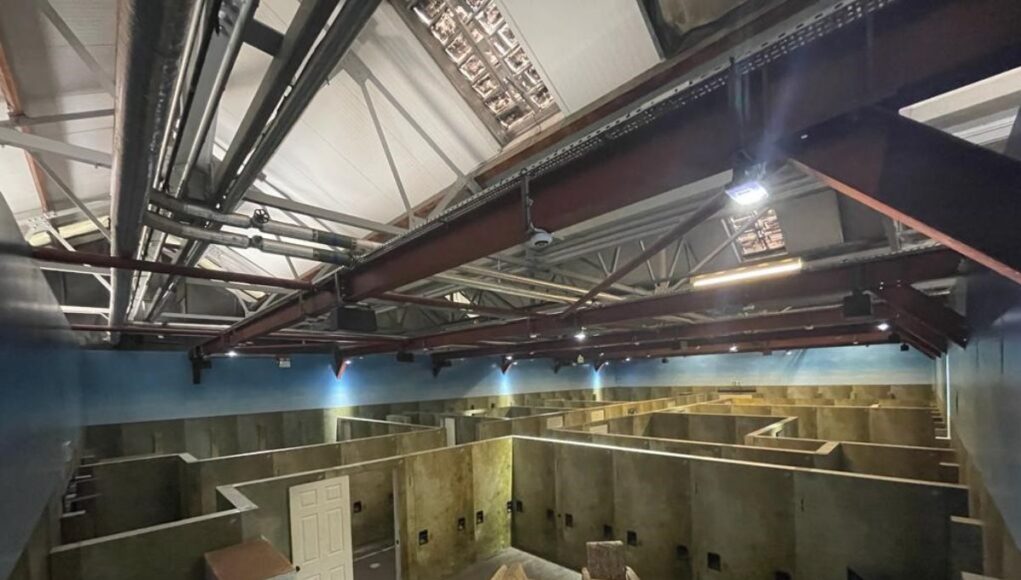
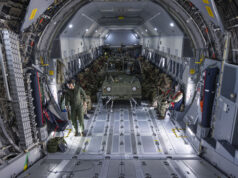



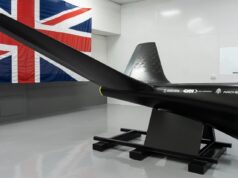
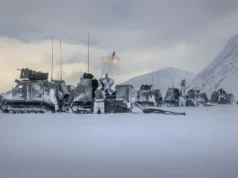

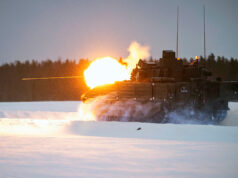

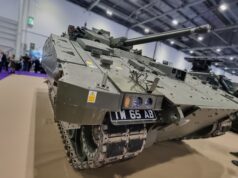

What a brilliant Article, Urban Warfare and the British Army being discussed in a no nonsense, no waffle fashion by one who actually Knows his Trade.
Thanks Robert for sharing this and thanks for your service and continued determination to help the UK’s armed forces stay safe in these horrible times.
Please stick around and continue to update us.
Well I liked it anyway.
I left a comment on a similar article a few days ago. Same thing mate.
Seems state of the art CQB facilities aren’t as controversial among UKDJ commentators as say… Type 83 Destroyers?